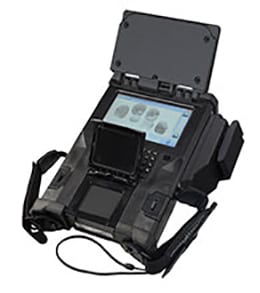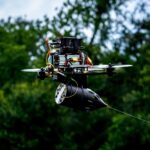
TAMPA, Fla.—By the time the Army decides on its next-generation of handheld and portable biometrics collection devices in the coming years, the choice will probably be for items that have already been developed and can be acquired commercially, the chief of the Defense Department’s Biometrics Project Management Office said this week.Biometrics technology has advanced so rapidly and industry is demonstrating and offering solutions now that are better than currently fielded capabilities and will continue to be improved upon by the…

 By
By 











